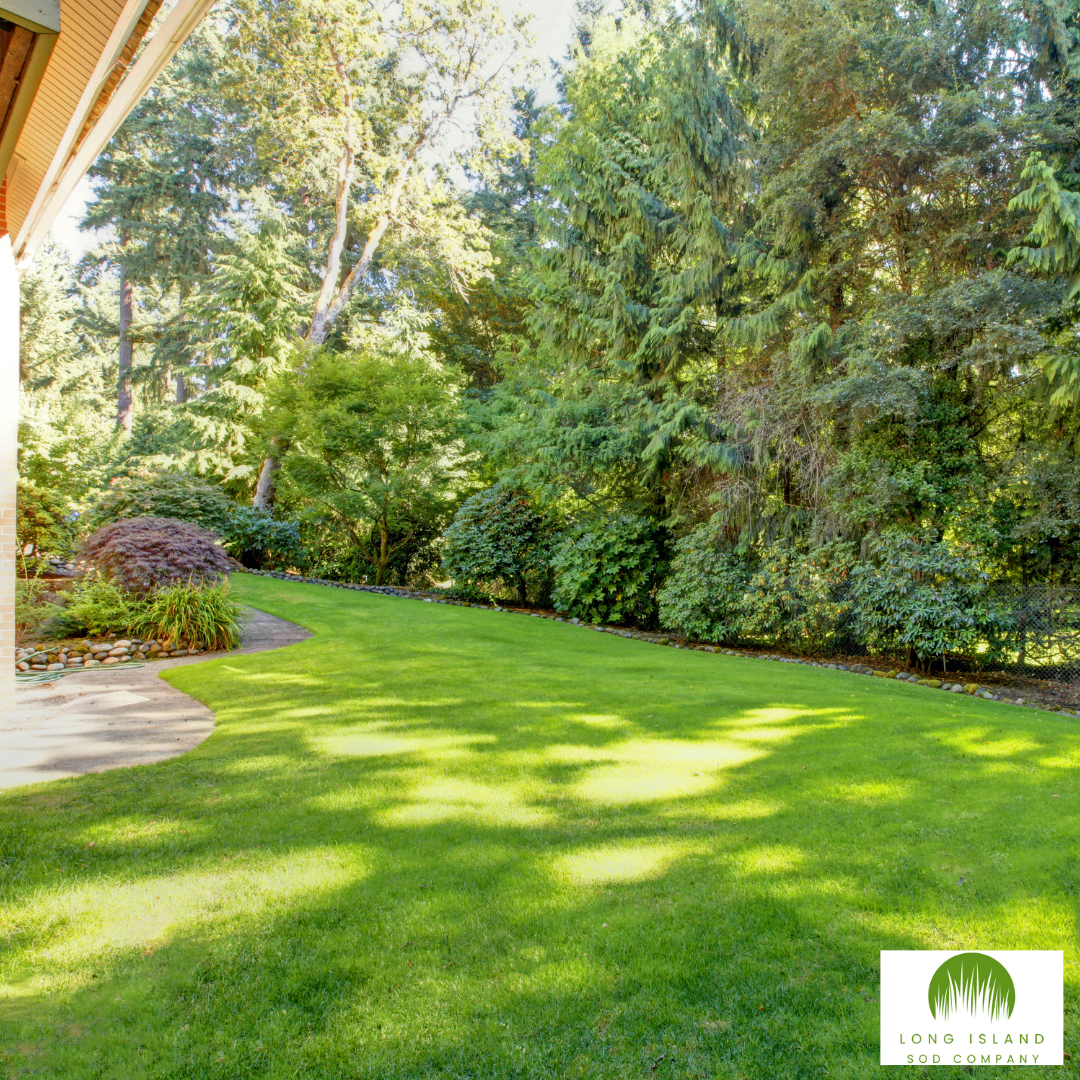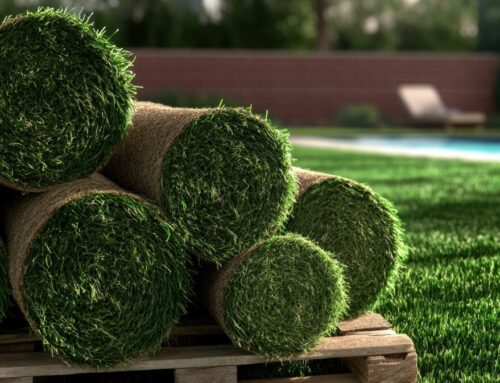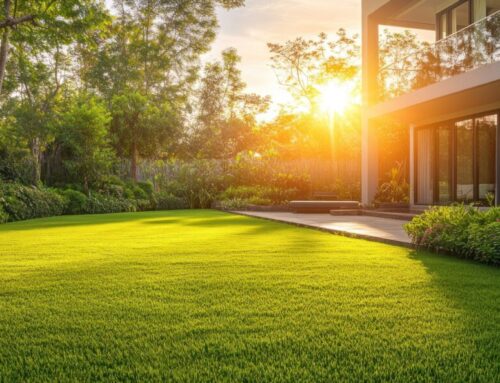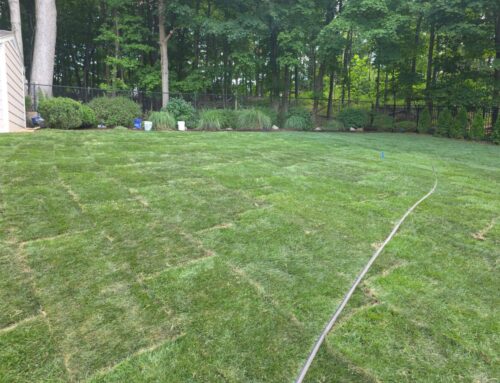Long Island summers can bring intense heat, humidity, and the occasional drought—conditions that stress even the healthiest lawns. If you’ve invested in new sod, keeping it green through the summer takes consistent effort, the right techniques, and close attention to weather patterns. Here’s how to protect your lawn and keep it looking lush when the temperature rises.
Water Deeply and Infrequently
The key to healthy sod during a heatwave is deep, infrequent watering. Instead of watering lightly every day, aim for 1 to 1.5 inches of water per week, delivered over 2–3 sessions. Early morning (between 5–8 a.m.) is the best time to water, as this minimizes evaporation and gives roots time to absorb moisture before the sun is at its peak.
If your sod is newly installed, it will need more frequent watering—daily for the first two weeks, then gradually reduce. During extreme heat, consider adding a short afternoon misting to cool the surface without soaking the soil.
Mow High and Often
Raise your mower blades to the highest recommended height for your sod type—typically 3 to 4 inches for tall fescue or Kentucky bluegrass. Taller grass blades provide shade to the soil, which helps retain moisture and keeps root systems cooler.
Mow frequently enough so you’re never cutting more than one-third of the blade height at a time. This reduces stress on the plant. Always keep mower blades sharp to avoid tearing the grass, which makes it more vulnerable to disease.
Reduce Foot Traffic and Stress
Avoid heavy foot traffic during peak heat, especially on new sod. Compacted soil and worn paths make it harder for your lawn to absorb water and recover from stress. If you have pets, consider creating a designated area with shade and mulch to reduce wear on your main lawn.
Watch for Fungus and Pests
Heat and humidity create ideal conditions for fungal diseases like brown patch or dollar spot. Keep an eye out for discolored rings or spots, and treat with fungicide if necessary. Avoid watering in the evening, as prolonged moisture overnight encourages fungus growth.
Insects like chinch bugs and grubs can also become active during hot months. If you notice dead patches despite regular watering, inspect for pests and treat accordingly with natural or chemical solutions.
Apply Fertilizer Carefully
Avoid applying nitrogen-rich fertilizers during extreme heat. These can burn your lawn and encourage excessive top growth at the expense of roots. If your lawn needs a mid-summer boost, opt for a slow-release, low-nitrogen product and apply it in the early morning followed by deep watering.
Consider Temporary Shade
For areas that receive all-day sun and are struggling, consider using shade cloths or planting temporary shade from umbrellas or patio furniture during peak sun hours. Even a few hours of shade per day can make a difference in extreme heat.
Know When to Reseed or Patch
If certain areas of your sod consistently die off each summer, it may be due to poor soil, insufficient irrigation, or too much sun exposure. In these cases, consider amending the soil or overseeding with a more heat-tolerant variety in early fall.
Long Island summers may be hot, but with a proactive approach, your sod lawn can remain healthy and green all season long. Stay vigilant with watering, mowing, and monitoring for issues, and you’ll enjoy a resilient lawn year after year.







